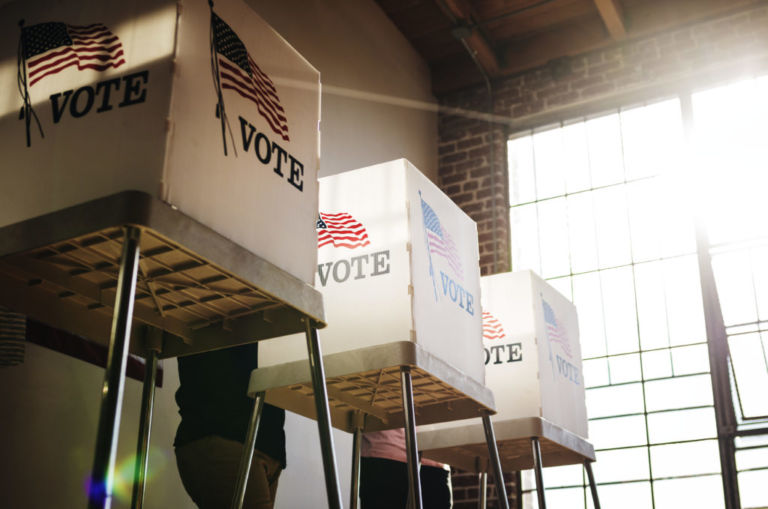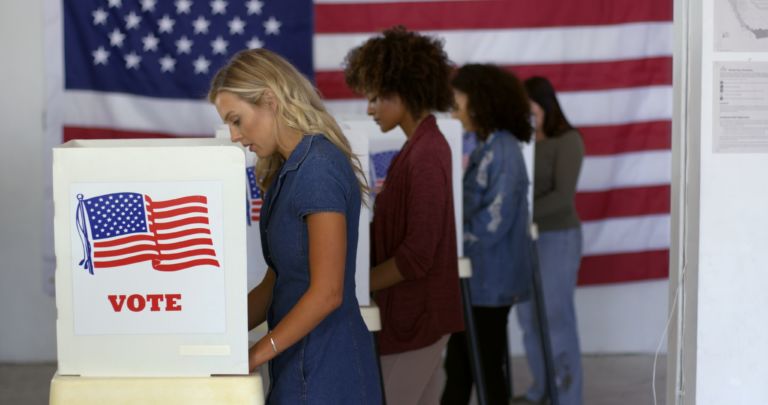John Lott and Steven Smith write for the Federalist about one way to help restore trust in election results.
Unfortunately, election officials across the country are not keeping the most basic data to monitor election outcomes. Even when they say they do, the numbers do not come close to matching up.
It was a simple goal: match the number of voters with the number of ballots cast. After the last general election there were concerns that ballots were counted multiple times (so that there could be more ballots cast than voters who voted) and that ballots were destroyed (so that there could be more voters who voted than ballots cast). But, through our examination, we learned that it cannot be determined if these discrepancies exist, because most states and counties simply do not keep timestamped records of who voted as required by law.
The America First Policy Institute made public records requests based on state-specific laws for the top 100 most-populated counties in the traditional 14 swing states that typically determine presidential elections. Ninety-four of the 100 counties did not keep records of who voted in the 2020 election, and only two state-wide election officers had the records preserved. Equally disturbing, even in the six counties that did keep records, there was on average a 2.89 percent discrepancy between the number of people voting and the number of ballots cast.
In Miami-Dade, Florida, the discrepancy was about 1.6 percent — a difference of 16,617 votes. Ninety-two percent of the precincts had more recorded ballots cast than voters (for a total of 15,854), and the other 8 percent had more voters than ballots cast (763). Since 12 percent of precincts were missing records, we didn’t include those. That’s a discrepancy that can very well swing elections. For example, in 2018, Republican Rick Scott won Florida’s U.S. Senate seat by 10,033 votes.
Cobb County, Georgia, had a massive discrepancy of 34,893 votes, or 8.8 percent. All but one of the precincts had more ballots cast than voters.


